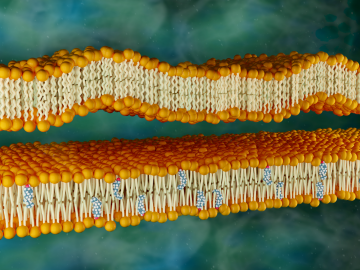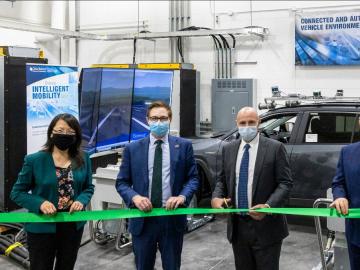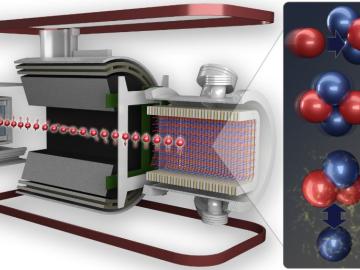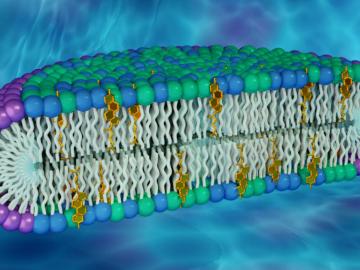
Filter News
Area of Research
- Advanced Manufacturing (3)
- Biology and Environment (21)
- Computational Biology (1)
- Computer Science (2)
- Energy Science (69)
- Fusion and Fission (7)
- Isotope Development and Production (1)
- Isotopes (24)
- Materials (98)
- Materials for Computing (14)
- National Security (22)
- Neutron Science (99)
- Nuclear Science and Technology (8)
- Quantum information Science (3)
- Supercomputing (40)
News Type
News Topics
- (-) Cybersecurity (31)
- (-) Energy Storage (75)
- (-) Isotopes (53)
- (-) Microscopy (40)
- (-) Neutron Science (136)
- (-) Physics (60)
- (-) Polymers (22)
- (-) Space Exploration (16)
- 3-D Printing/Advanced Manufacturing (105)
- Advanced Reactors (24)
- Artificial Intelligence (112)
- Big Data (53)
- Bioenergy (93)
- Biology (106)
- Biomedical (59)
- Biotechnology (35)
- Buildings (45)
- Chemical Sciences (70)
- Clean Water (18)
- Composites (23)
- Computer Science (174)
- Coronavirus (36)
- Critical Materials (16)
- Education (5)
- Element Discovery (1)
- Emergency (3)
- Environment (154)
- Exascale Computing (64)
- Fossil Energy (7)
- Frontier (60)
- Fusion (54)
- Grid (48)
- High-Performance Computing (113)
- Hydropower (6)
- ITER (6)
- Machine Learning (50)
- Materials (111)
- Materials Science (111)
- Mathematics (8)
- Mercury (9)
- Microelectronics (4)
- Molten Salt (5)
- Nanotechnology (46)
- National Security (78)
- Nuclear Energy (94)
- Partnerships (67)
- Quantum Computing (48)
- Quantum Science (79)
- Security (28)
- Simulation (52)
- Software (1)
- Statistics (3)
- Summit (62)
- Transportation (56)
Media Contacts


Rufus Ritchie came from Kentucky coal country, a region not known for producing physicists.

Neutron scattering at ORNL has shown that cholesterol stiffens simple lipid membranes, a finding that may help us better understand the functioning of human cells.

ORNL and Department of Energy officials dedicated the launch of two clean energy research initiatives that focus on the recycling and recovery of advanced manufacturing materials and on connected and

Through a one-of-a-kind experiment at ORNL, nuclear physicists have precisely measured the weak interaction between protons and neutrons. The result quantifies the weak force theory as predicted by the Standard Model of Particle Physics.

A team of researchers led by Vanderbilt University has recently shed light on how membrane proteins could be influenced by the lipids around them. By developing a novel type of membrane model, the scientists were able to show that the shape and behavior of a protein can be altered by exposure to different lipid compositions.

Scientists at ORNL and the University of Nebraska have developed an easier way to generate electrons for nanoscale imaging and sensing, providing a useful new tool for material science, bioimaging and fundamental quantum research.

Radioactive isotopes power some of NASA’s best-known spacecraft. But predicting how radiation emitted from these isotopes might affect nearby materials is tricky

Researchers at ORNL used quantum optics to advance state-of-the-art microscopy and illuminate a path to detecting material properties with greater sensitivity than is possible with traditional tools.


